Placing the Marginalised at the Heart of the Debate
In the manga collection 'Fukushima Devil Fish', Susumu Katsumata depicts those forgotten by society, like nuclear plant workers.
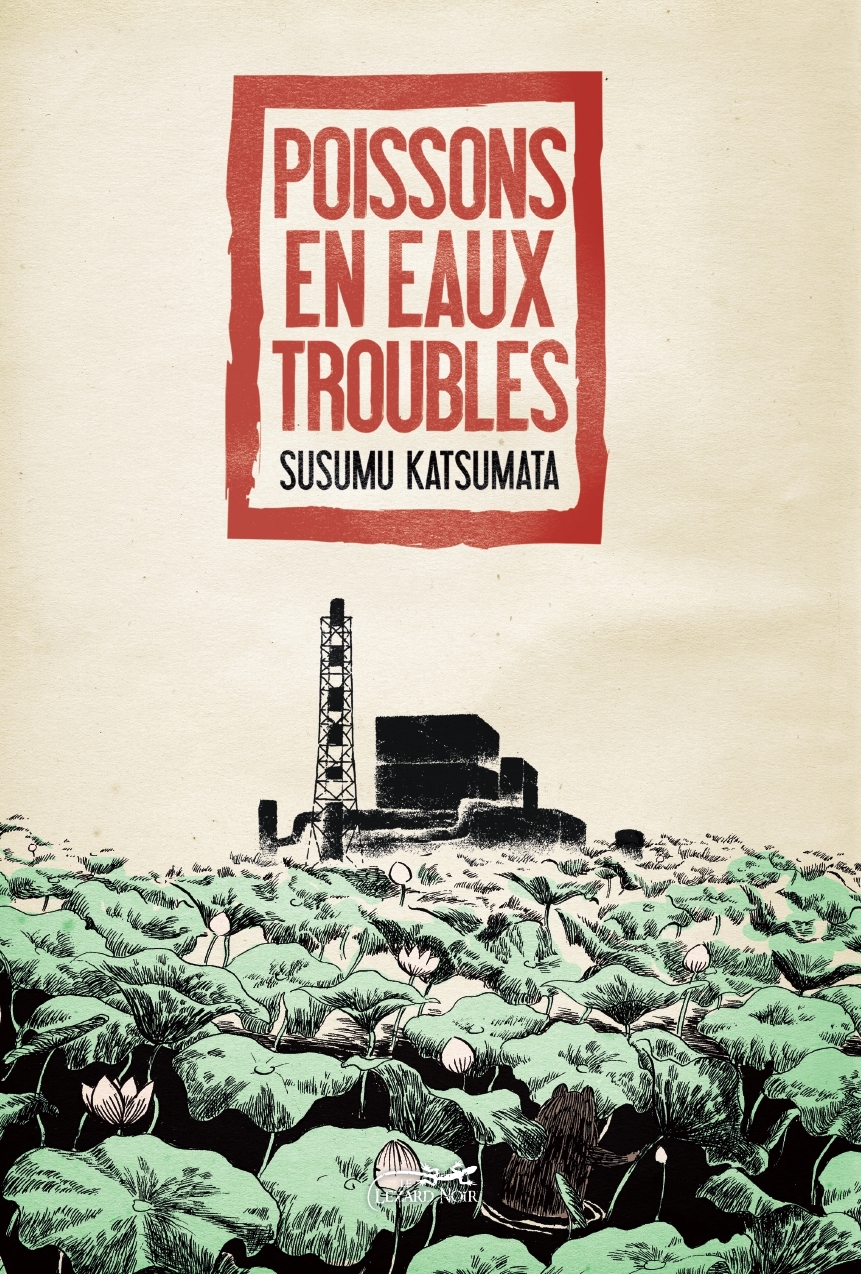
© Breakdown Press
‘Power plants are a problem we cannot ignore’, Susumu Katsumata declared to the magazine Comic Box. This was in 1990, over twenty years before the Fukushima disaster would expose the flaws of the nuclear industry, one with a lack of transparency in its operations, to the entire world. However, the manga author, a physics graduate and nuclear specialist, had sought to bring these flaws to the attention of the general public in his work from the 1980s onwards.
Born in 1943 near Ishinomaki in the Tohoku region, Susumu Katsumata had a difficult childhood. An illegitimate son, he was abandoned by his father and his mother died young. He was raised by his aunt and experienced a feeling of inadequacy throughout his life that brought him closer to people who had suffered exclusion. Although he began his career creating manga inspired by Japanese folklore and popular tales as a pretext for social satire, he started to take an interest in nuclear power in the early 1980s.
From gypsies to invisible people
Reading the book Nuclear Gypsies (Genpatsu Jipushi) by Kunio Horie, released in 1979, set him on the path. The account is devastating and describes the precarious living conditions of power plant workers, subcontractors shuttled from one side of the country to the other by employment agencies and who live in dormitory towns. Thus, Susumu Katsumata started putting together a press review on the state of nuclear power around the world, shaken by the accident at the Three Mile Island plant in the United States.
At that same moment, the director of the publishing house Koubunken commissioned him to produce illustrations for a book entitled Why We Should Fear Power Plants (1980). Inspired, Susumu Katsumata decided to go out into the field and, in September 1984, he visited the Daiichi and Daini plants in Fukushima. This provided the inspiration for the setting of the short story The Invisibles of Nuclear Power, released in December of the same year. It notes how, even not during periods of crisis, the working conditions in the plants are extremely dangerous and bonuses are given to encourage workers to take risks. Such practices were considered scandalous when the 2011 catastrophe occurred, and yet had been normalised for years.
Revealing society’s blind spots
Caught in a high-risk environment, the men depicted by Susumu Katsumata appear to be profoundly human above all else. Although the author decided to describe the nuclear plant workers as ‘Fukushima devil fish’ because they live in the abysses of modernity, he still seeks to bring them closer to the reader. The manga artist dedicated his work to these little-explored members of society, placing them at the heart of the story. Before focusing on nuclear issues, he was already portraying the devastation caused by the arrival of capitalism in remote areas of Japan like his birthplace Tohoku, which long remained a poor region considered to be lagging behind culturally.
Susumu Katsumata passed away in 2007 and thus did not experience the triple catastrophe that occurred on 11 March 2011 and struck his region with full force, from the destruction brought by the tsunami, which left the city of Ishinomaki in ruins, to the nuclear radiation, the invisible enemy that catalysed the mass, and the forced exodus of the population south of Tohoku.
His book, published in English in 2018 by Breakdown Press in the form of a collection that brings together two of his short stories about nuclear power and some of his earlier manga, now appears in a new light. It may well have also inspired other manga artists to examine the issue of nuclear power, notably Kazuto Tatsuta, who was employed by the Fukushima plant after the catastrophe and turned his experiences into an illustrated journal, Ichi-F: A Worker’s Graphic Memoir of the Fukushima Nuclear Power Plant (2014, Kodansha).
Fukushima Devil Fish (2018), a collection of manga by Susumu Katsumata, is published by Breakdown Press.
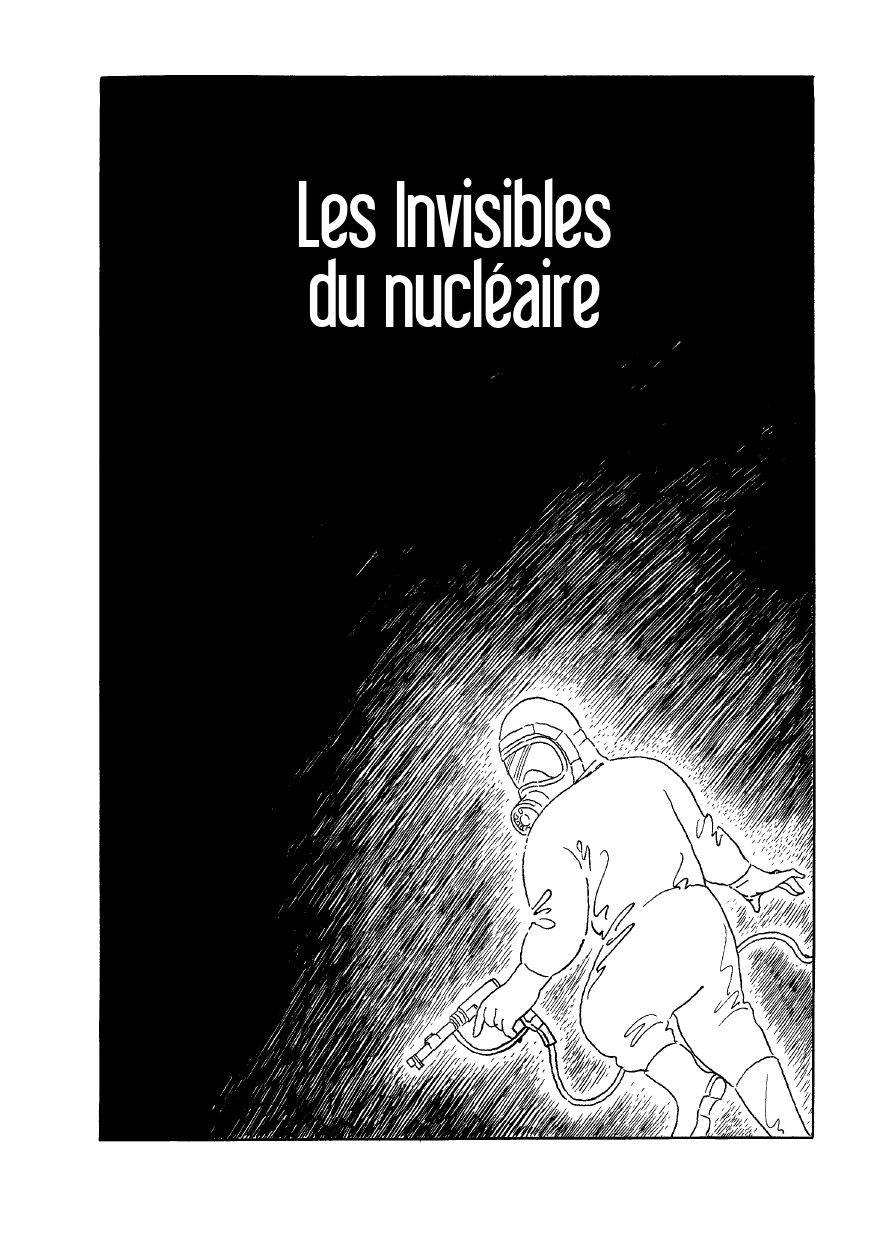
© Breakdown Press
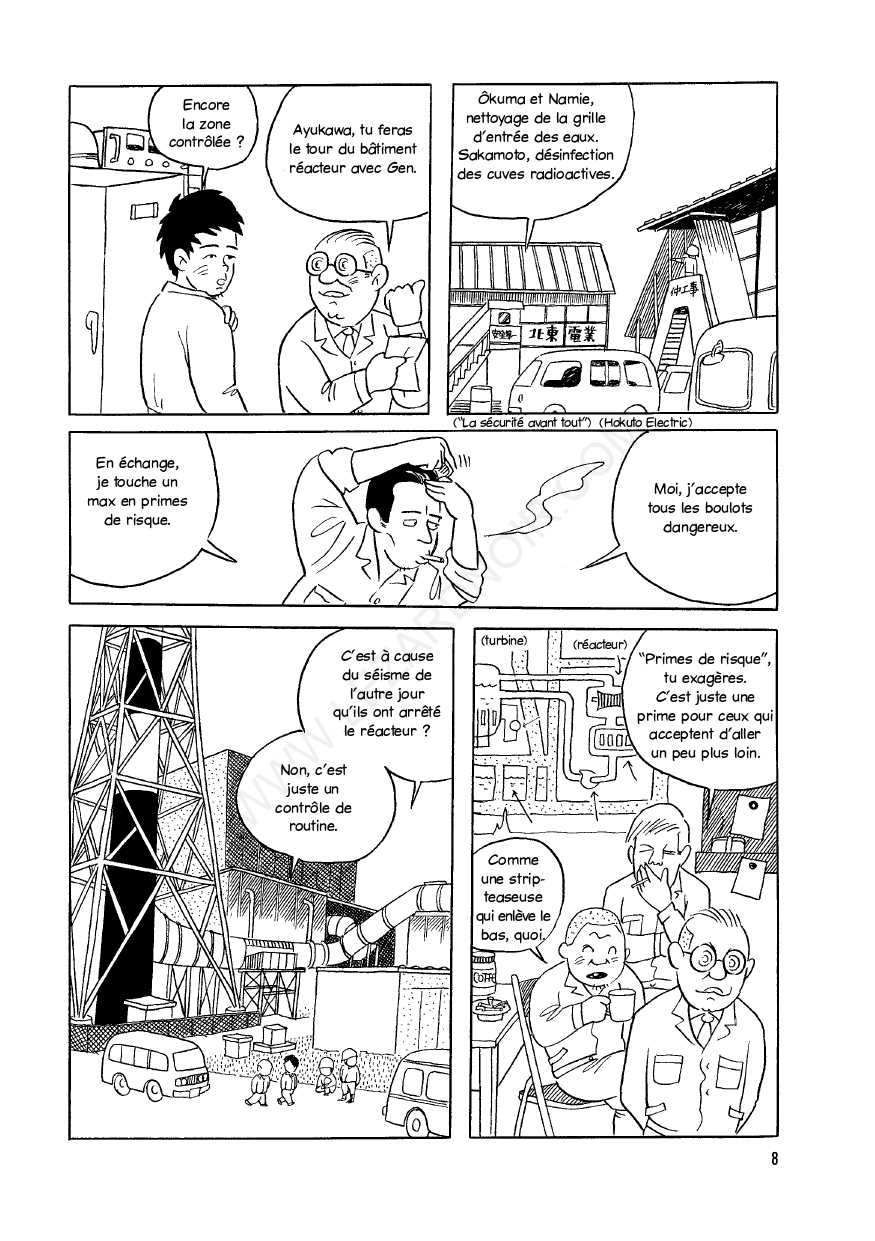
From 'The Invisibles of Nuclear' in 'Fukushima Devil Fish' - © Breakdown Press
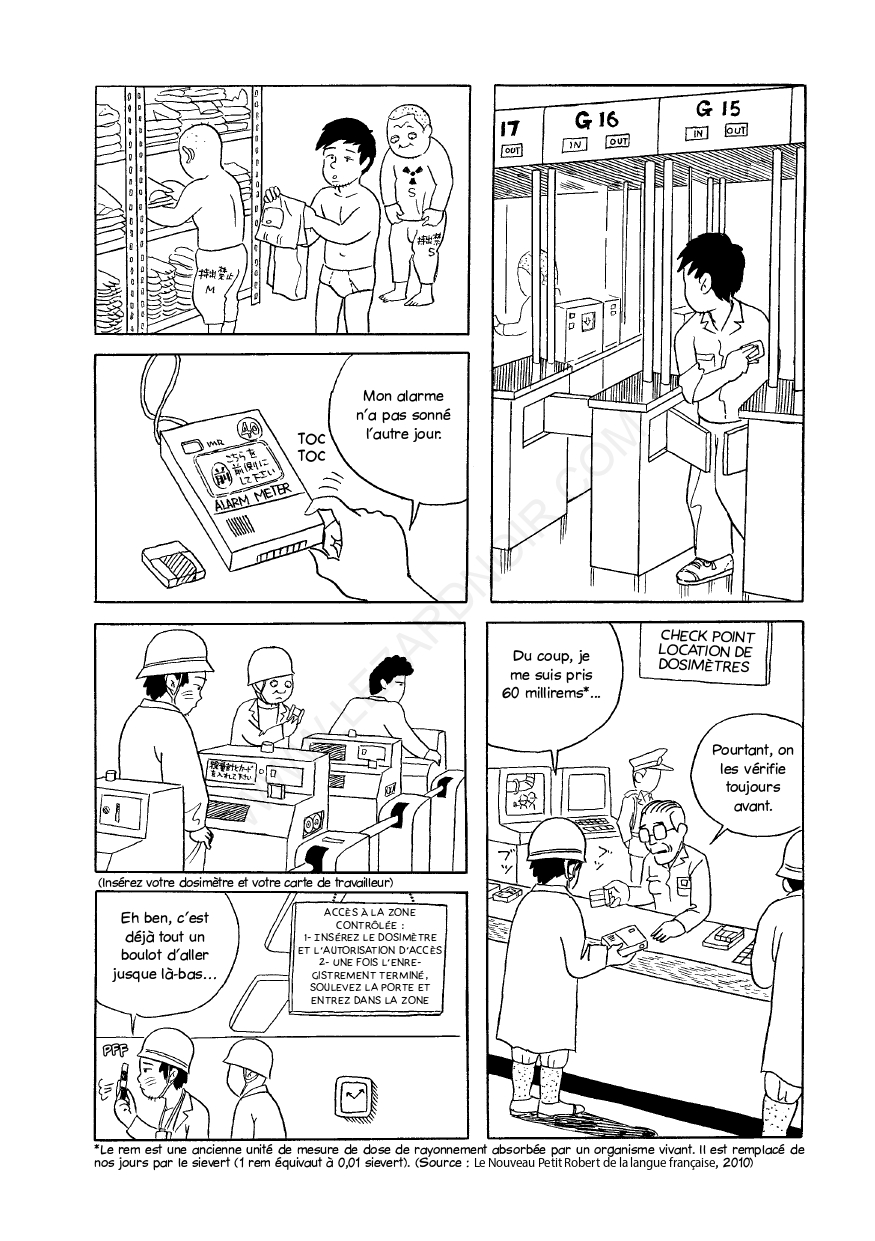
From 'The Invisibles of Nuclear' in 'Fukushima Devil Fish' - © Breakdown Press
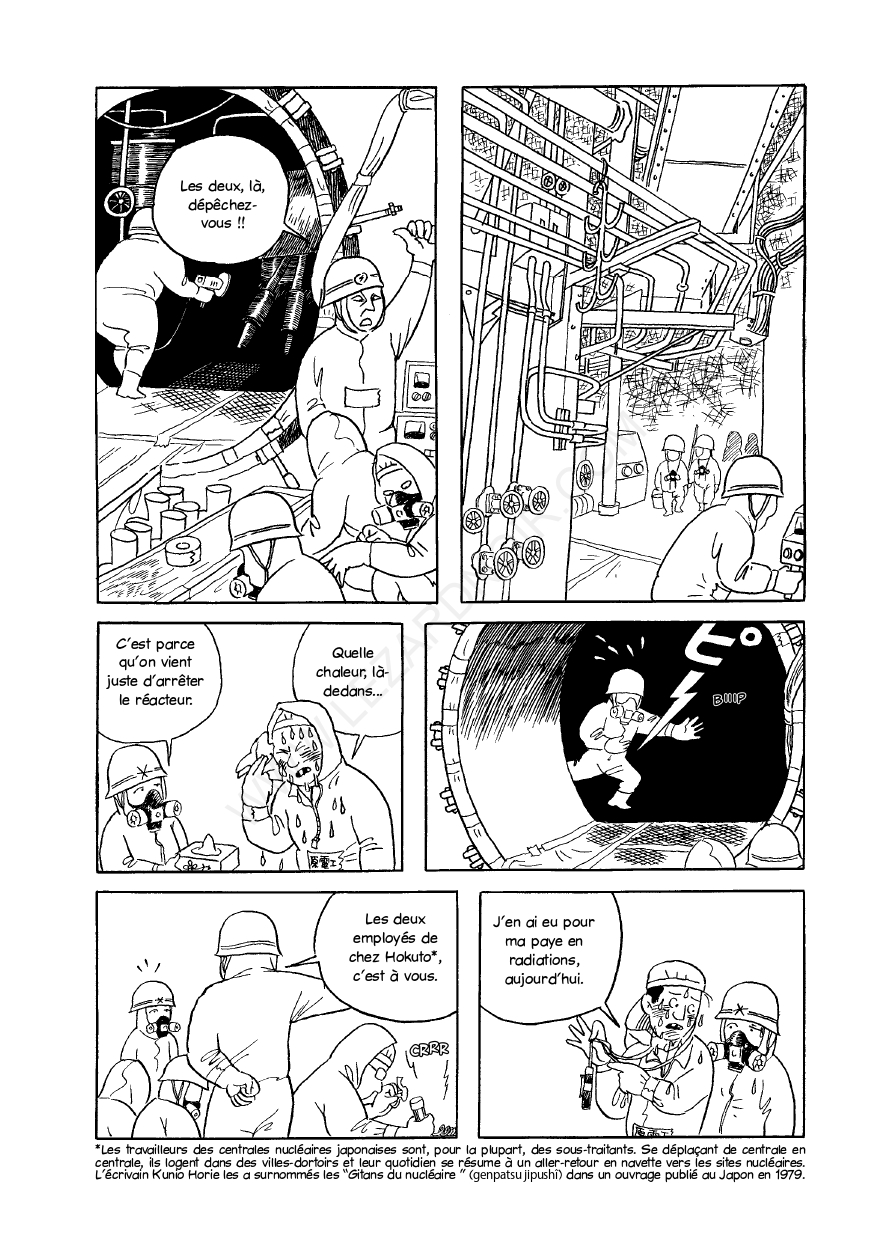
From 'The Invisibles of Nuclear' in 'Fukushima Devil Fish' - © Breakdown Press
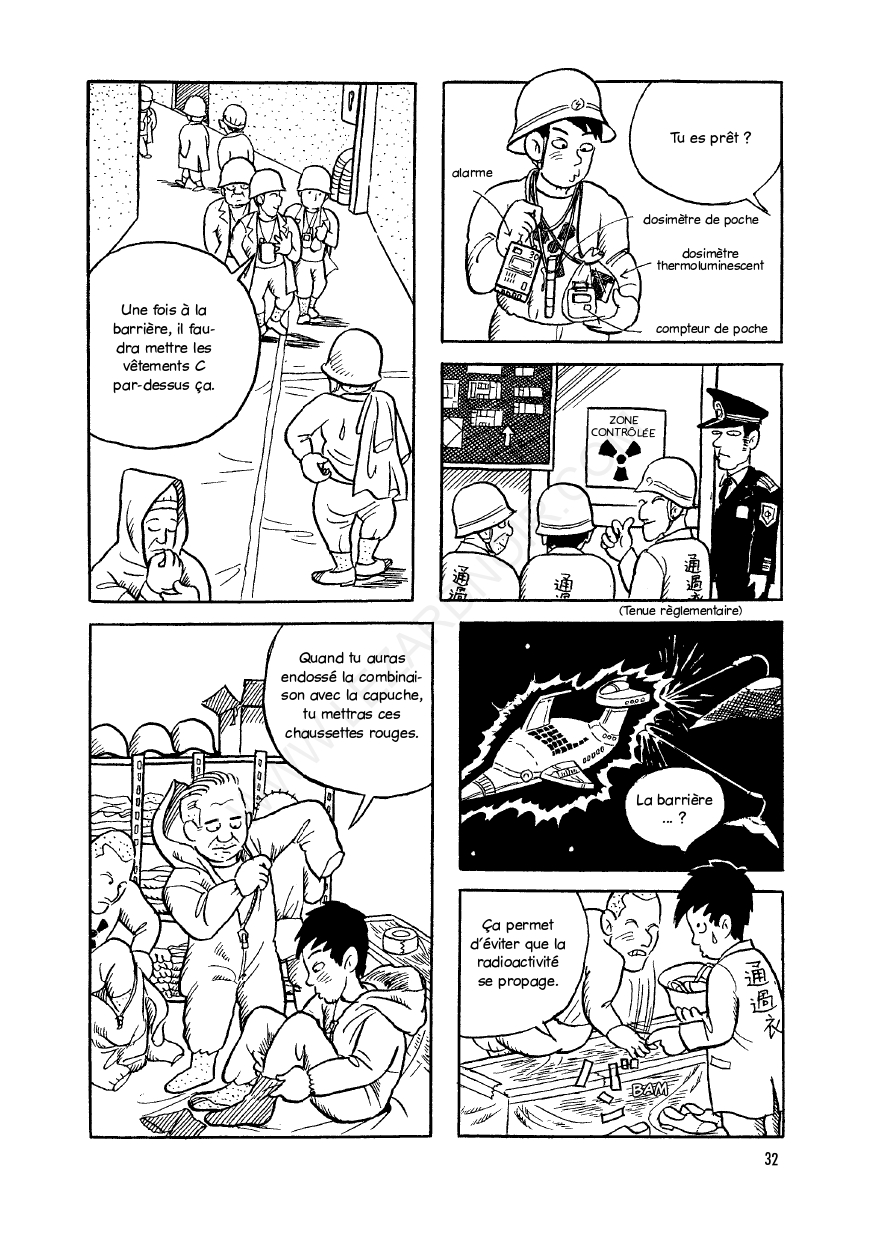
From 'The Octopus' in 'Fukushima Devil Fish' - © Breakdown Press
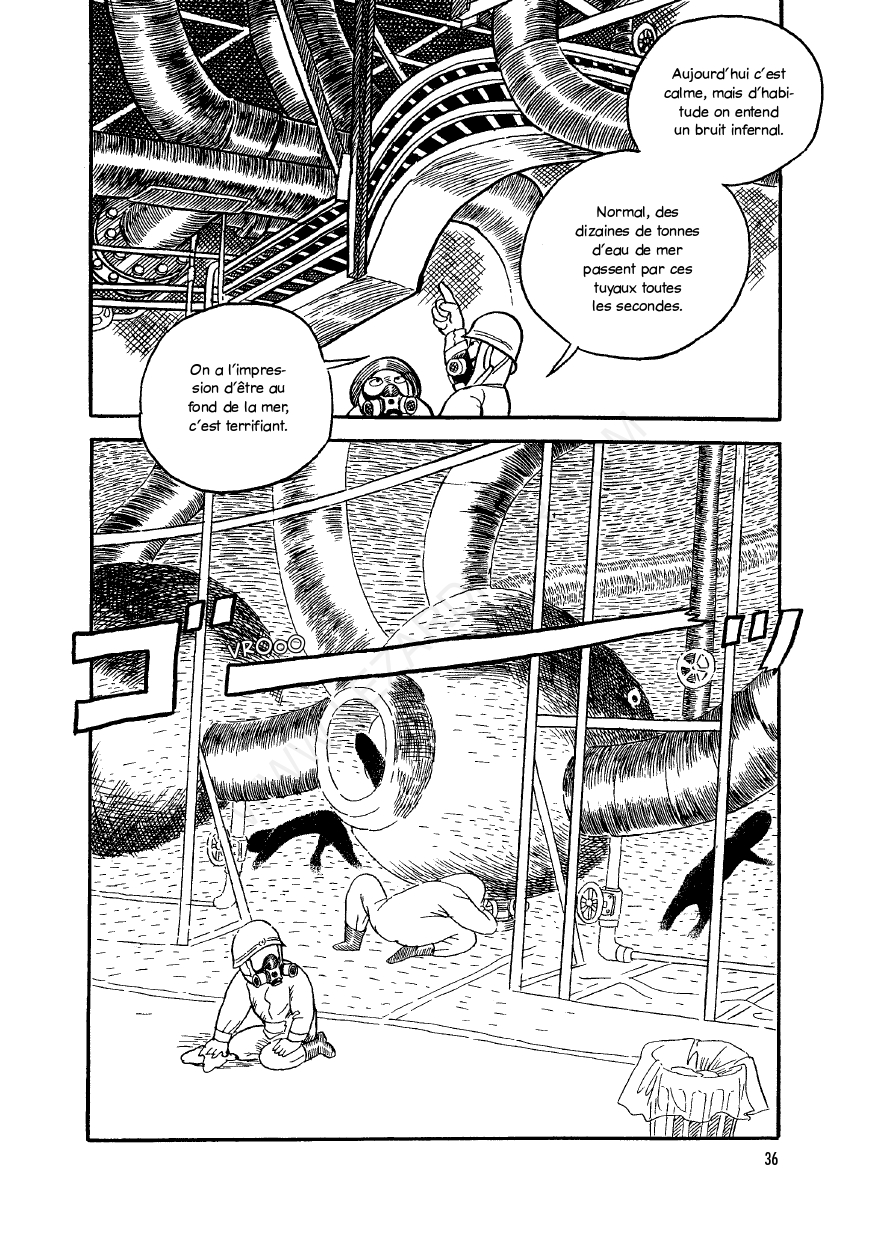
From 'The Octopus' in 'Fukushima Devil Fish' - © Breakdown Press
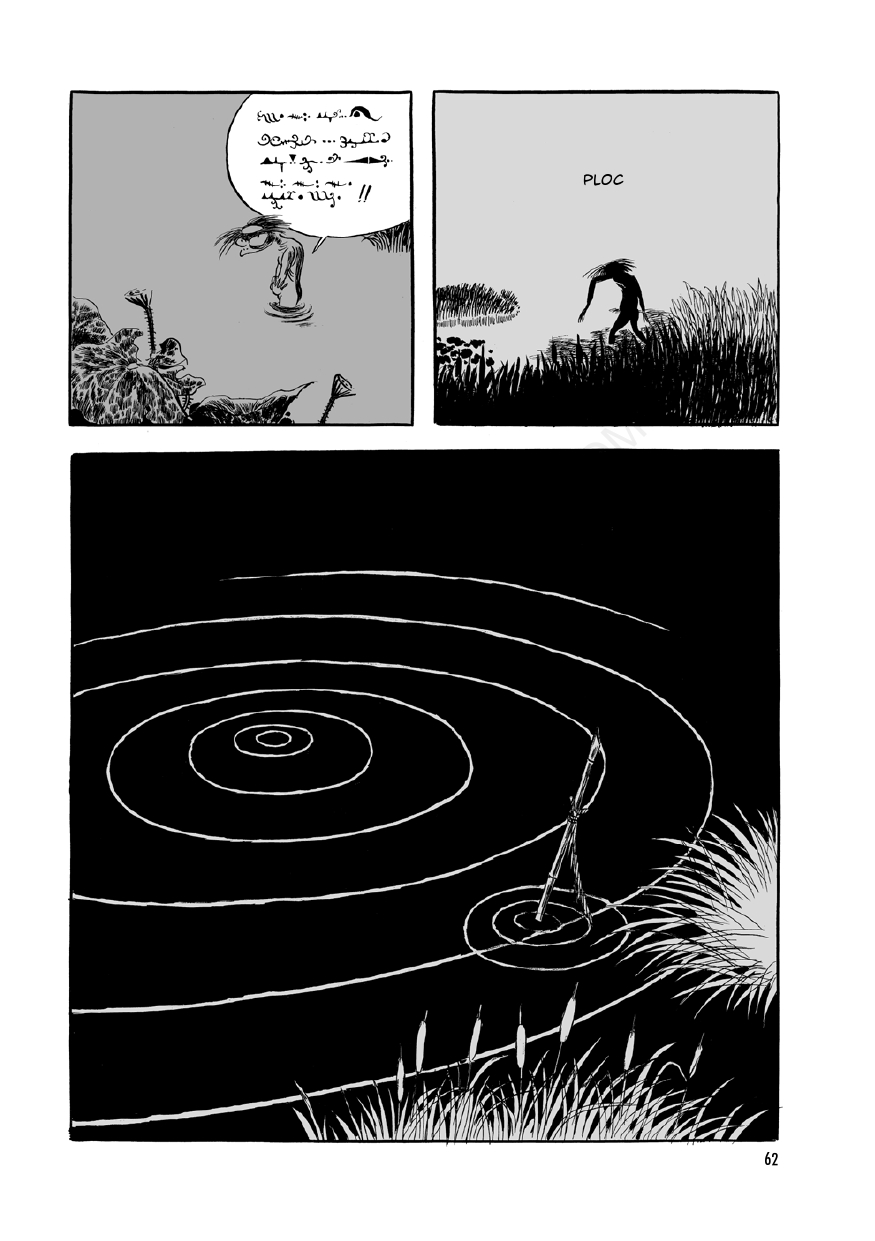
From 'Mr Kappa' in 'Fukushima Devil Fish' - © Breakdown Press
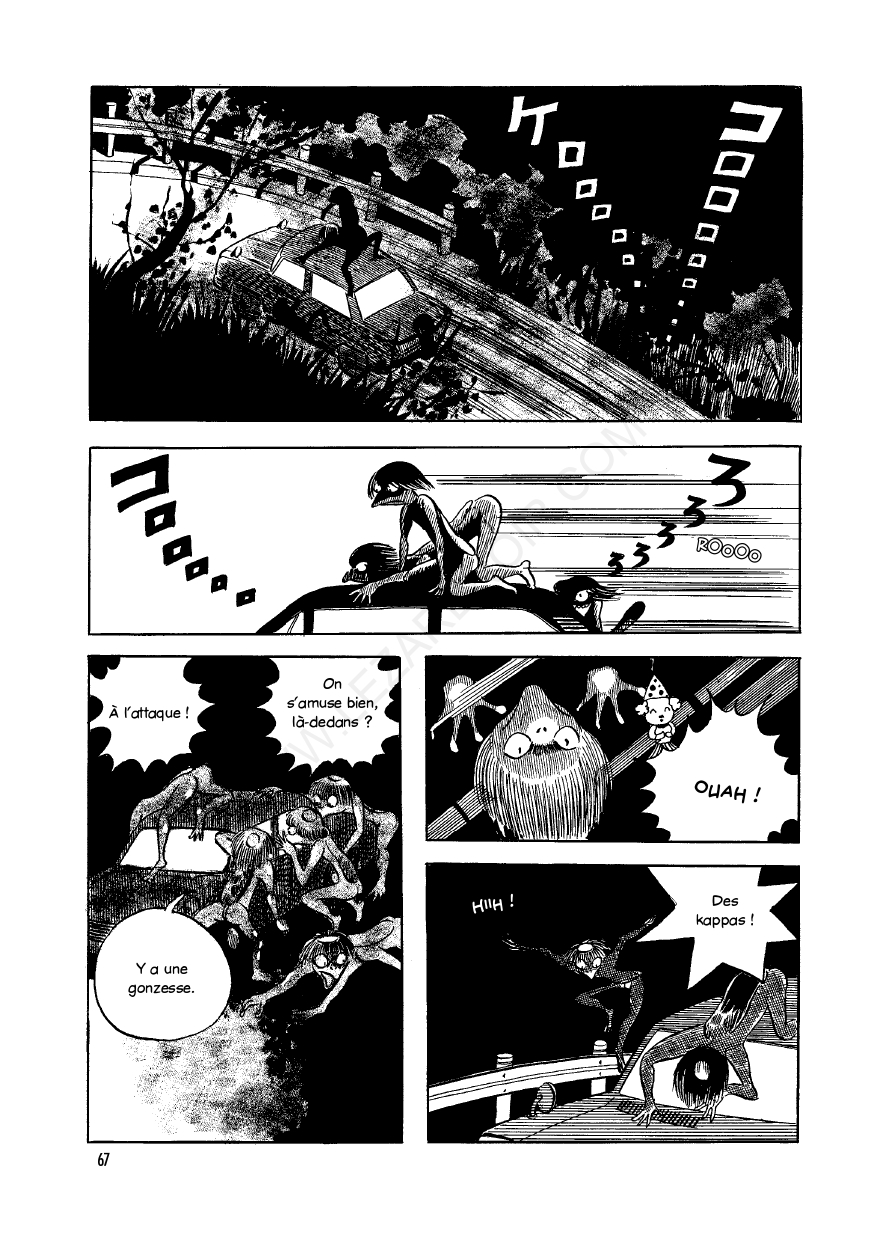
From 'Story of the Kappa Hanbê' in 'Fukushima Devil Fish' - © Breakdown Press
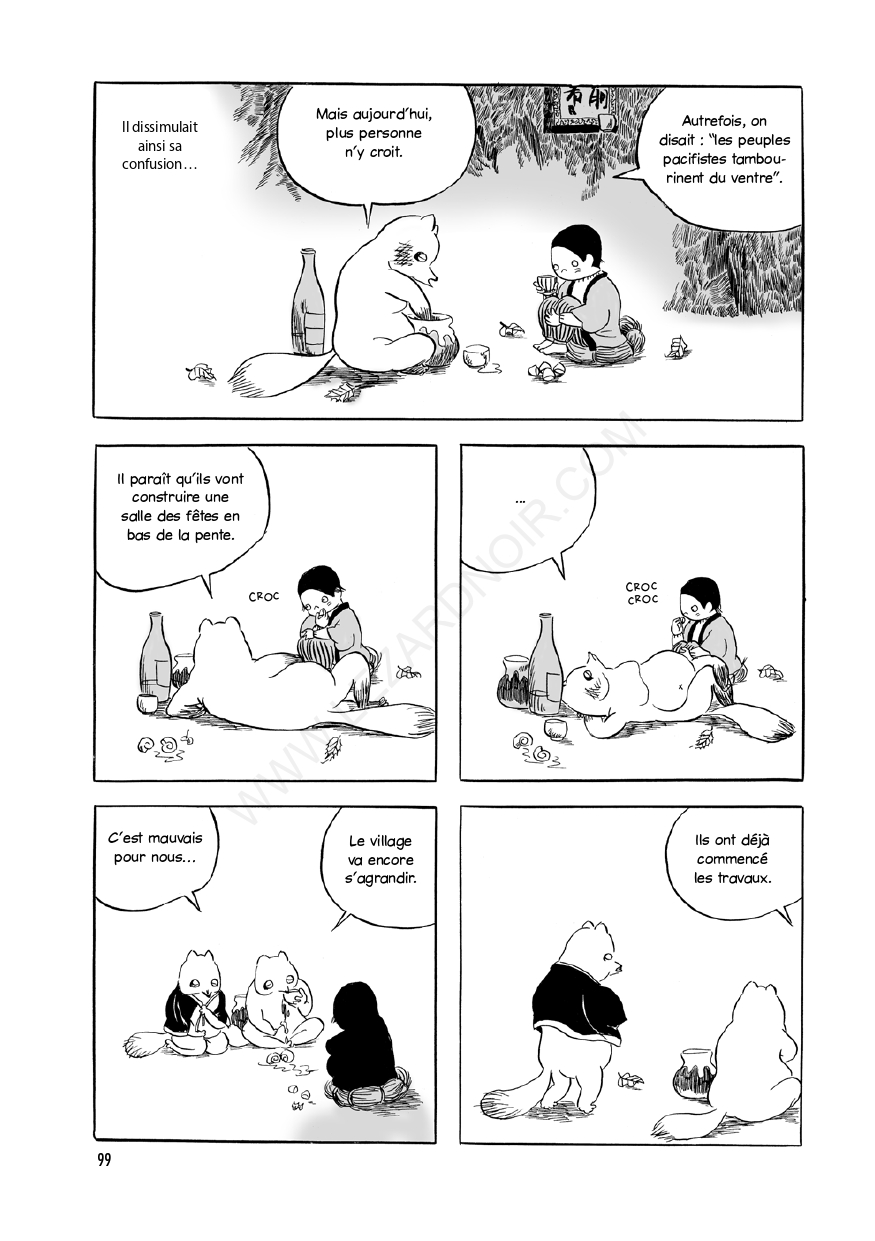
From 'A Tanuki's Life' in 'Fukushima Devil Fish' - © Breakdown Press
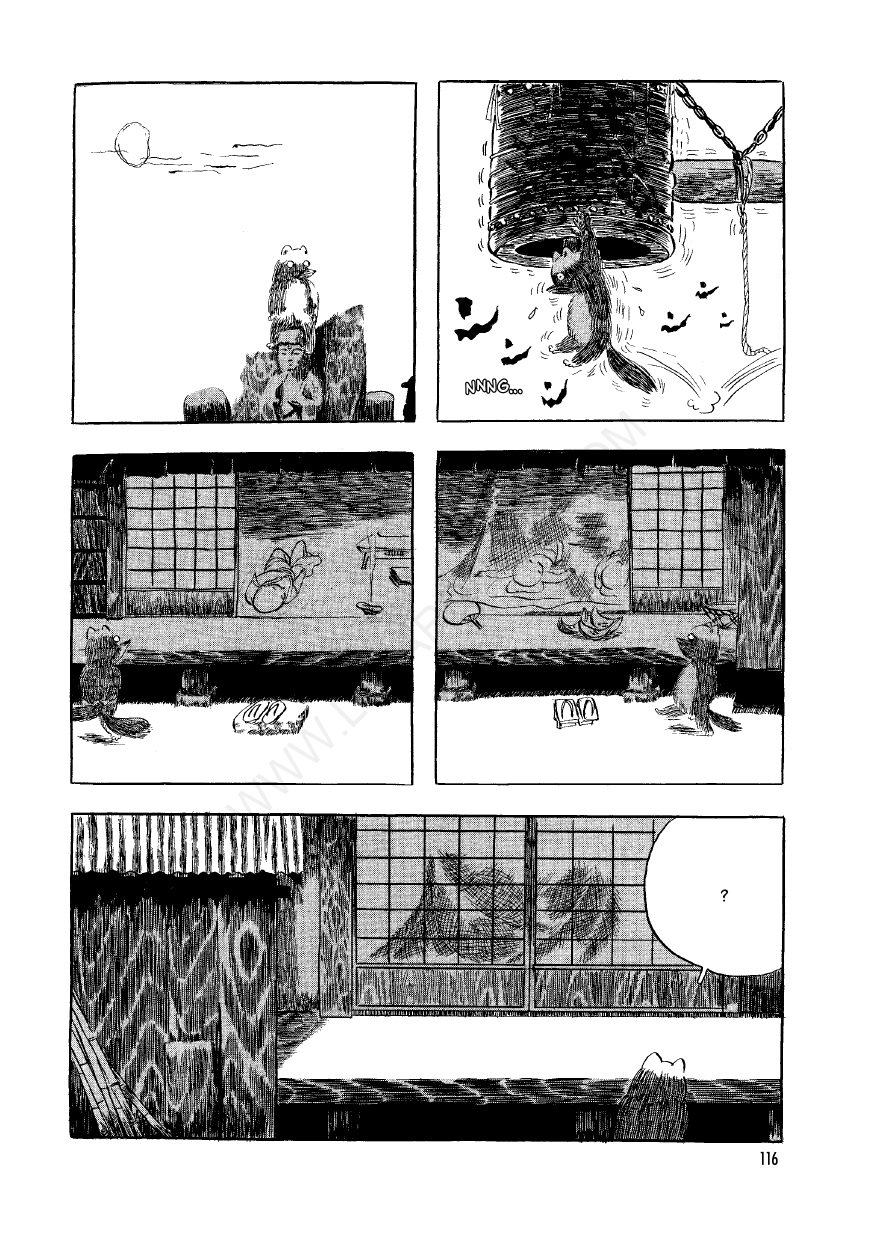
From 'The Sutra of the Monk Ryôzen' in 'Fukushima Devil Fish' - © Breakdown Press
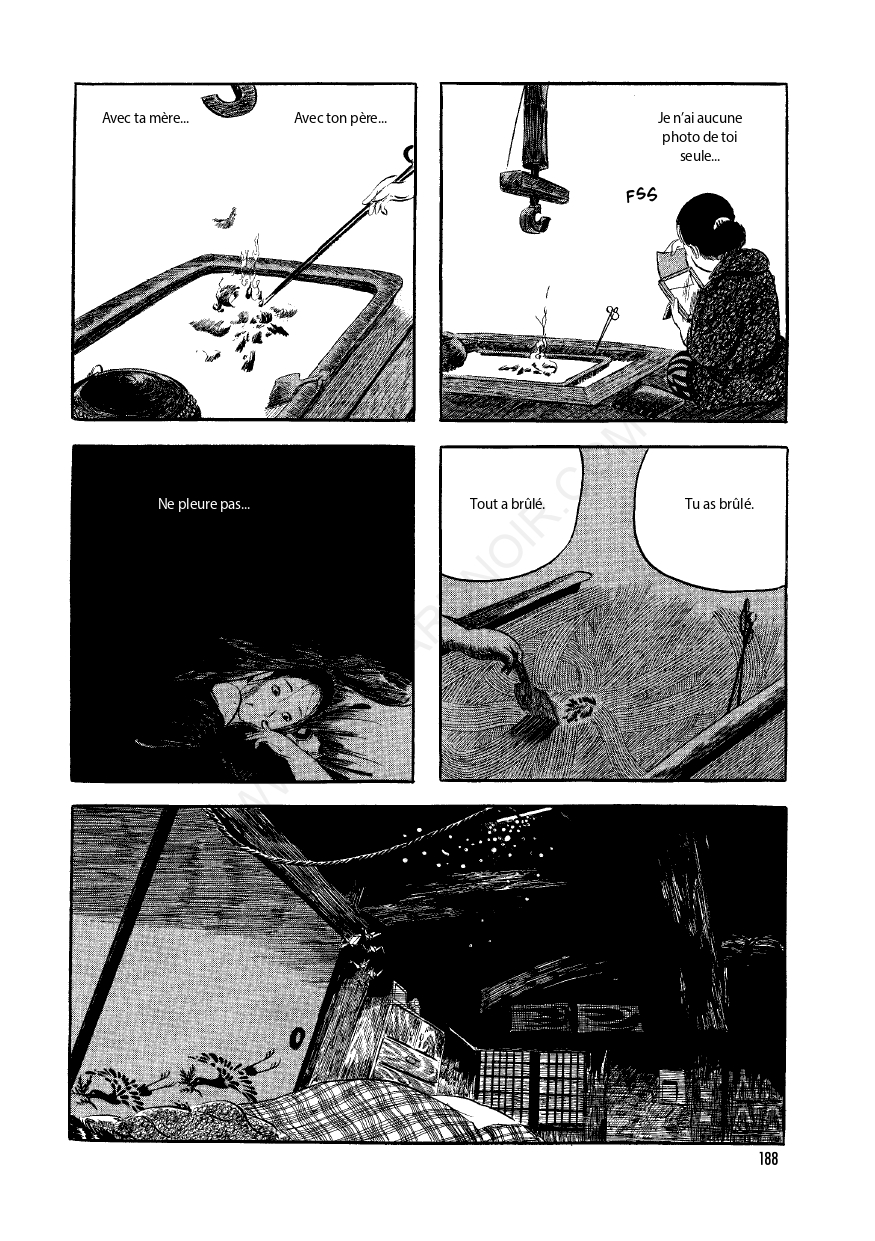
From 'The Sea in Winter' in 'Fukushima Devil Fish' - © Breakdown Press
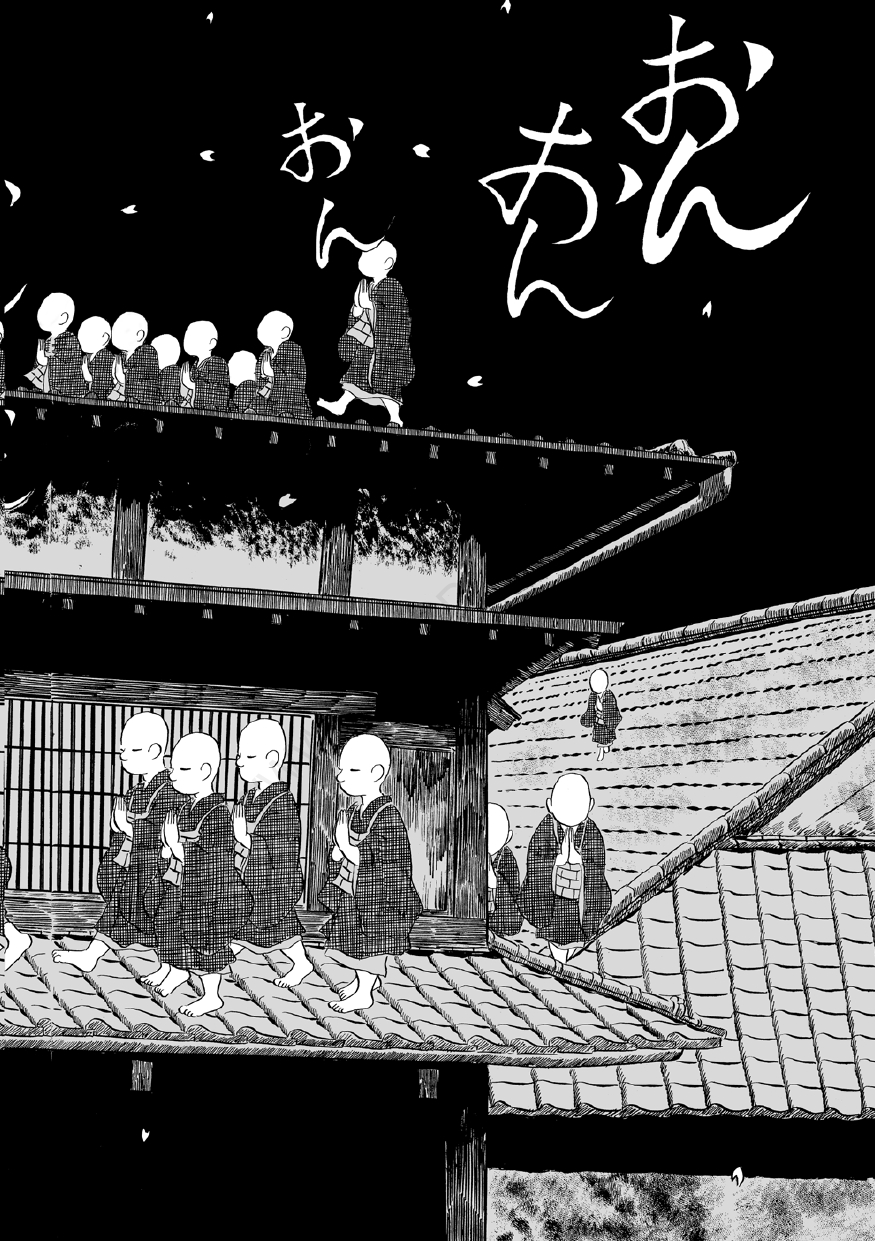
From 'Ghost of Spring' in 'Fukushima Devil Fish' - © Breakdown Press
TRENDING
-
A House from the Taisho Era Reveals Its Secrets
While visiting an abandoned building, Hamish Campbell discovered photographs the owner had taken of the place in the 1920s.

-
The Taboo-Breaking Erotica of Toshio Saeki
The master of the 1970s Japanese avant-garde reimagined his most iconic artworks for a limited box set with silkscreen artist Fumie Taniyama.

-
With Meisa Fujishiro, Tokyo's Nudes Stand Tall
In the series 'Sketches of Tokyo', the photographer revisits the genre by bringing it face to face with the capital's architecture.

-
Masahisa Fukase's Family Portraits
In his series ‘Family’, the photographer compiles surprising photos in which he questions death, the inescapable.

-
Hajime Sorayama's Futuristic Eroticism
The illustrator is the pioneer for a form of hyperrealism that combines sensuality and technology and depicts sexualised robots.





